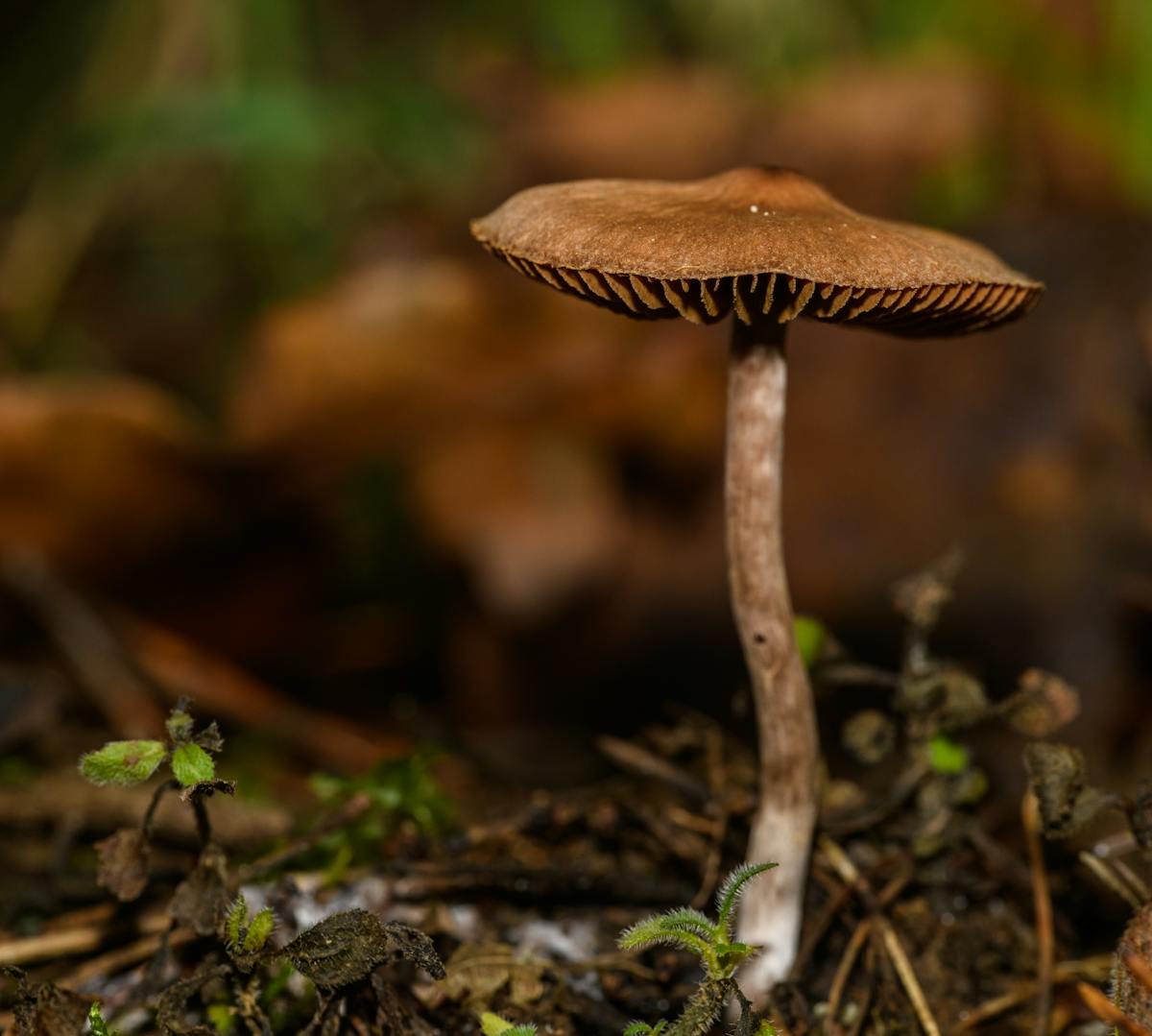In an astonishing event in the natural world, an ant queen has been seen producing offspring from two completely distinct species. This uncommon occurrence provides fresh perspectives on genetics, evolution, and the complex social interactions within insect communities.
The findings, documented by entomologists following meticulous observation and genetic study, question the traditional perception of ant reproduction. Normally, a queen ant gives birth to her own species’ offspring, which maintains the colony’s consistency and unity. Nonetheless, in this exceptional instance, the queen was discovered to have produced offspring from two distinct species, a situation that researchers deem as remarkable and uncommon.
This phenomenon offers a remarkable chance for scientists to explore the fundamental mechanisms of reproductive biology, hybridization, and genetic adaptability in insects. The effects go beyond ants, providing insight into evolutionary processes that might happen under certain environmental or genetic situations.
The science behind the phenomenon
Ant colonies are often celebrated for their complex social structures, with the queen serving as the reproductive heart of the colony. In most species, she produces eggs that develop into workers, soldiers, or new queens, all sharing a consistent genetic lineage. The emergence of offspring from two species disrupts this norm and prompts questions about genetic compatibility, reproductive strategies, and species boundaries.
Scientists participating in the research carried out comprehensive DNA tests to verify the identities of the progeny. Their discoveries indicated that the queen’s eggs had unexpectedly varied at the genetic level, leading to one group developing into members of her own species while another group belonged to a species that is closely related. Events like these are extremely uncommon and propose either unidentified reproductive processes or atypical environmental factors that impact gene expression.
The occurrence is not just intriguing but also holds scientific importance. It questions established beliefs regarding reproductive isolation and species loyalty in ants. Gaining insight into the reasons and mechanisms behind this two-species reproduction might reveal wider concepts of evolution, adaptation, and genetic versatility in social insects.
Consequences for the study of evolutionary biology and genetics
Esta revelación tiene profundas consecuencias para la biología evolutiva. Usualmente, las especies se definen por su capacidad de reproducirse exitosamente dentro de un linaje específico. No obstante, el caso de una reina hormiga produciendo dos especies difumina estos límites, sugiriendo que en determinadas circunstancias, las barreras reproductivas pueden ser superadas o evitadas.
Some scientists speculate that such occurrences might represent a rare form of hybridization or genetic anomaly that could provide evolutionary advantages in particular environments. For example, producing offspring of two species might allow a colony to diversify its workforce, adapt to new ecological niches, or increase resilience against environmental pressures.
From a genetics standpoint, the case offers a natural experiment in gene expression and inheritance. Researchers can study how a single individual can influence the development of offspring with divergent traits and examine the molecular mechanisms that allow for such unusual reproductive outcomes. These insights could have applications beyond entomology, informing broader studies of genetic regulation, mutation, and the evolution of complex traits.
Group interactions inside the community
The emergence of two different species within a single colony brings up inquiries regarding social unity and structure. Ant colonies depend on interaction, chemical signals, and teamwork to operate smoothly. Descendants from two separate species might pose fresh obstacles for colony administration, such as variations in conduct, task division, or interaction methods.
Entomologists observed that, despite genetic differences, the colony continued to function with remarkable stability. This observation suggests that social structures in ants may be more adaptable than previously thought, capable of accommodating genetic diversity without collapsing. It also highlights the potential role of environmental cues and chemical signaling in maintaining cohesion even when genetic lines differ.
Understanding how colonies handle such anomalies could shed light on broader principles of social evolution. In particular, it may reveal how cooperative systems can remain functional in the face of genetic variation, offering parallels to studies of social behavior in other animals, including humans.
Environmental factors and potential triggers
While the precise causes of this unusual reproductive event remain under investigation, scientists are exploring several potential triggers. Environmental stressors, such as changes in temperature, food availability, or habitat disruption, may influence gene expression in ways that promote unusual reproductive outcomes.
Additionally, interactions with species closely related in the neighboring environment might influence this. Some scientists propose that contact with chemical signals or pheromones from other species could initiate developmental processes resulting in cross-species reproduction. If validated, this mechanism would demonstrate a sophisticated connection among genetics, environment, and social behavior that is more complex than previously understood.
Future studies are likely to focus on replicating these conditions in controlled laboratory settings, testing how environmental variables influence reproductive outcomes. These experiments could help clarify whether the phenomenon is a rare anomaly or a natural strategy that occurs under specific ecological circumstances.
Wider influence on entomology and conservation efforts
The finding of a queen who generates offspring from two distinct species has profound consequences for research in entomology and biodiversity. It questions existing beliefs regarding species limits, reproductive faithfulness, and the dynamics within colonies, opening up new paths for exploration in the fields of evolutionary biology and ecology.
In addition, the finding may influence conservation strategies. Many ant species play critical roles in ecosystems as pollinators, seed dispersers, and soil engineers. Understanding how genetic diversity and unusual reproductive patterns affect colony resilience could inform efforts to protect vulnerable species and maintain ecological balance.
By studying rare events like dual-species reproduction, scientists gain insights into the adaptability and complexity of social insects. This knowledge could help anticipate how species respond to environmental change, invasive species, or habitat fragmentation, enhancing conservation efforts and ecological management.
Public fascination and educational value
Unusual discoveries like this one capture public interest and provide excellent opportunities for science education. The notion of a queen ant giving birth to two species is visually striking, easy to communicate, and naturally sparks curiosity. Educators can use this case to teach genetics, evolution, and social behavior in a way that is both engaging and memorable.
Beyond classrooms, such stories highlight the unpredictable and wondrous aspects of the natural world. They remind the public that science is full of surprises and that even well-studied organisms can reveal new mysteries. This sense of wonder is essential for cultivating a broader appreciation for research and the value of studying diverse ecosystems.
The sight of a queen ant giving birth to offspring from two separate species is a remarkable occurrence that has significance in the fields of genetics, evolution, ecology, and social behavior. It questions the traditional concepts of species limits, offers knowledge on the flexibility of social insect communities, and ignites public interest in the natural environment.
As scientists continue to investigate the genetic, environmental, and behavioral factors behind this phenomenon, the findings are likely to contribute to broader knowledge of evolutionary mechanisms and reproductive biology. While rare, such discoveries highlight the complexity and unpredictability of life, demonstrating that even in the well-ordered world of ant colonies, surprises can arise.
This event underscores the importance of continued research into social insects and their ecological roles. By studying anomalies like dual-species reproduction, scientists gain a deeper understanding of adaptation, resilience, and the interplay between genetics and environment—a testament to the endless fascination of the natural world.



